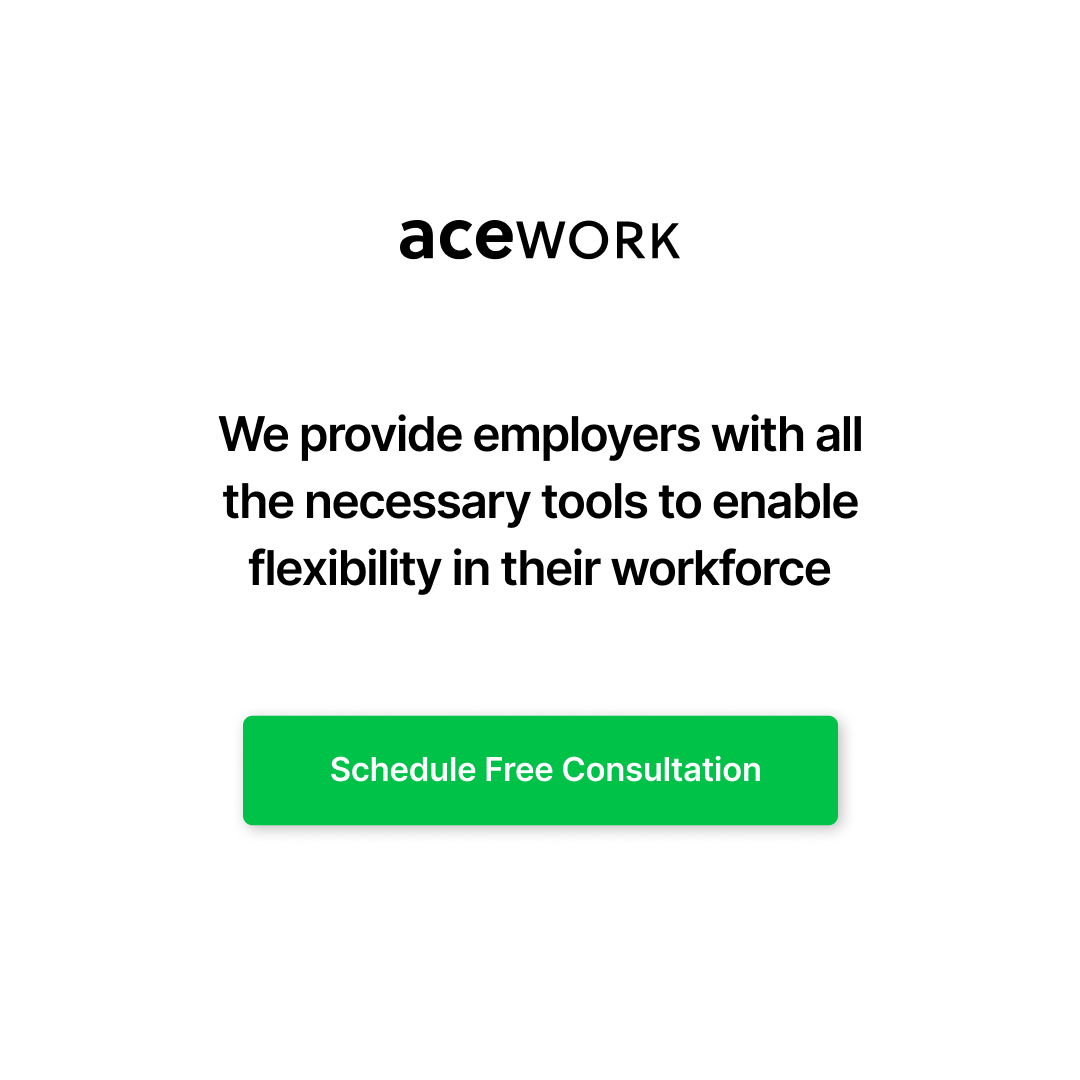Choosing the right remote company is no easy task. In such a fast-paced, work-centric century it’s no surprise that you’ll come across many companies online you’ve never heard of. Since competition for remote positions is fierce, it’s important to know where to focus your attention to land an interview and eventually the job. Not all remote companies are created equal. You have the best shot when you understand what the company is about, and what you can add to it. With hybrid companies, it’s important to learn if remote employees are fully included in the teams as well.
During a recent live webinar session on how to choose the right remote company, we discussed different remote companies and ways to evaluate them.
Really understand the company before you submit an application
One of the key components in the remote job application process is to get to know the company better and actually resonate with them and their remote culture. Learning about the different products and services is a great start to familiarise yourself with the company.
Step 1: What are the culture and values?
The first key component is to explore the company’s values, and think about whether you relate to them or not. If you don’t resonate with them then you’re wasting your time. A big red flag is if they seem artificial, or unrelated to the company’s business.
Automattic, a fully distributed company, developed the “Automattic creed” to showcase the company values. It also includes what they look for in their future hires. If you recognise yourself in there, it’s likely you tick their boxes.
Aside from checking out the values and mission, make sure you also explore how these integrate into everyday life at the company. A common place to look for signs of company culture is the “Work with us” section.
Automattic are very explicit about their working style. They highlight that the entire company, with over 1,000 employees in more than 70 countries communicates almost entirely through Slack. They make sure to highlight diversity and inclusion as part of their culture and showcase this by letting employees share about it in articles and videos.
What to ask yourself:
– How much do I identify with the values?
– Do I add something to the culture at the company? If so, what is it?
Step 2: Are they ‘Remote-first’?
Since there still are only a few fully distributed companies, chances are that you will probably look at several hybrid companies during your job search.
Generally, you want to find out if remote and co-located employees are treated equally, which we call a ‘remote-first’ mindset. Nobody wants to feel like an afterthought, or have colleagues that forget about your existence. In order to prevent that, processes and structures should be designed with remote employees in mind first.
Figuring this out for a hybrid company isn’t always easy. A good place to start is to look at their “Contact us” page. Do they have one or several office locations? The latter means that they should be comfortable with remote communication already. Next up, look at the career page. How many of the open positions are open to remote candidates? If it’s only a few, check in which departments they are. It’s usually a good sign that a company is remote-first when mission critical roles are open to remote employees.
Finally, look at the job description of the position that interests you. Does it require you to be in a specific time-zone, or does it mention frequent travel to an office? Companies have different expectations of remote workers. Some require travel for company retreats, others want you at the office once a month. In addition, pay attention to the ‘benefits’ offered to new hires. You want them to apply to both remote and co-located employees equally, or at least a compensation for remote workers that cannot use in-office perks like free barista coffee.
Ask yourself this;
– Would I be comfortable working remotely at a company with a large number of co-located employees?
– Am I proactive enough to speak up in case I feel like I’m missing out?
– For fully distributed teams across the globe: Am I flexible enough to deal with this?
– Am I willing to travel for work?
Step 3: Check out their Remote Toolkit
To determine how well you’ll fit in with the team and it’s ways of working, look at their toolkit. It’s easy to find out that Automattic uses Slack, Gitlab, and so on, but not all companies are as transparent. The toolkit can tell you a lot about the communication and collaboration style of the company. Although it may be tricky to find out, there’s no harm in asking, so do what you can to get ahead of the game. If you have experience with any or all of their tools to communicate and collaborate, mention this in your application.
Ask yourself this;
– Am I comfortable with a large degree of asynchronous communication?
– Or do I prefer frequent face-to-face meetings?
– How familiar am I with tools like Asana, Confluence or Monday? Could I explain them to someone else?
Step 4: Prepare for their Hiring Process
Of course you want to proceed past the initial application stage and get an interview with the remote company. However, you should familiarise yourself with the hiring process, even before you hit ‘send’ on the application page. Some companies have lengthy interview processes, and some require trial days as well. Even if this can sound scary or like a lot of work, you should take this as a good sign. This means the company carefully selects and also gives candidates a chance to get to know the team before making a final decision. In the end it’s about a mutual fit.
The hiring process can also reflect the company culture, like it does at Automattic. They created a four stage hiring process which is conducted via Slack, GitHub and Pas.
–> Slack Interview: The first interview is a 90-minute written chat on Slack, because it’s their main tool for communication.
–> Coding Challenge: Taking 4-6 hours of actual coding time, this should be completely within a week.
-> Trial: This work is paid, part-time, and designed to last between two and eight weeks, for a total of around 40 hours of work.This then goes on to the last offer stage.
–> Job offer: Time to discuss your salary and start date!
Ask yourself these questions;
– What can I do to prepare for the next steps in the hiring process?
– Am I ready to interview?
– Do I have time to complete an assessment?
Step 5: Who are your potential colleagues?
Getting to know your future team may be daunting. From social media to blogs to good ole LinkedIn there’s no shortage of digital footprints of your future colleagues. Consider it a treasure hunt for key information; What are their professional backgrounds? How long have they been with the company? Have they grown and been promoted there? Looking at your potential future colleagues can tell you a lot about your path at the company. However, avoid judging people based on their profiles. As we all know, how people present themselves on Social Media doesn’t have to correspond to how they really are.
In our latest live session webinar, we looked at a role for WooCommerce, which included a link to a video from the hiring manager.
They talk about the qualities they look for in their future team mates. This information is important on it’s own, but it also makes sense to dive deeper into their profiles. This means you get to know them better before actually meeting them and also doubles as a good ice breaker if there’s something in common which can work as leverage within the conversation to seem interesting.
Then ask yourself these;
– What would I add to this team?
– How do I want my career to develop generally?
– Do my career goals align with this company?
Step 6: Do you match the job description?
As a rule of thumb, to apply for a remote role, you should be at least an 80% match for all requirements listed. This goes for both soft skills and hard skills. Only with a high degree of overlap of your profile with the job description is it worth applying for the role.
The first step is to make sure you have all the skills listed in the requirements section, resonate with their values and then once again read what you can expect from them. Here it’s important to read EVERY. LITTLE. DETAIL. Especially look out for phrases that indicate deal-breakers, or must haves. If you clearly lack any of those, it will be wise to save your time and energy.
Keep in mind, a job match isn’t a match if you’re hesitating from the start. Don’t just send a boilerplate application either, if you are not too convinced.
So ask yourself these final questions;
– Do I fulfil all the MUST HAVE requirements? If not, do not apply.
– Where are my gaps?
– What ‘nice-to-haves’ do I have?
– What additional skills do I have that aren’t mentioned, but that could benefit the company?
Found the right remote company? Tell us about them!
At acework, we enable businesses to build their successful distributed workforce. We can help you find and hire experienced professionals looking for flexible career opportunities. Our advisory creates actionable strategies for companies based on their culture, processes, and business needs. Schedule a free strategy session to start building your high performing diverse and distributed team.
If you are a candidate looking for work, don’t forget to visit our job board and save it to your favourites. We regularly post new roles there.







